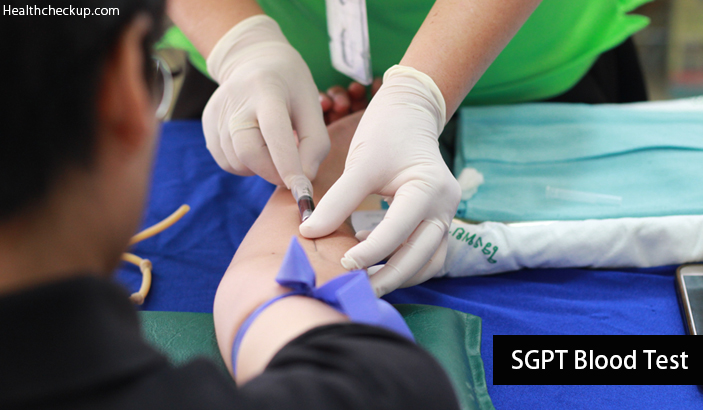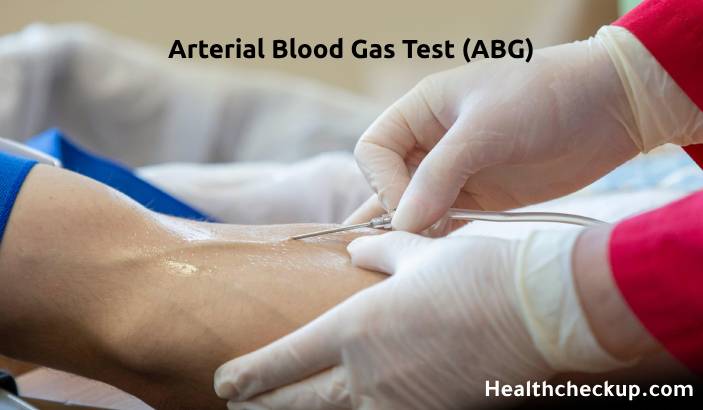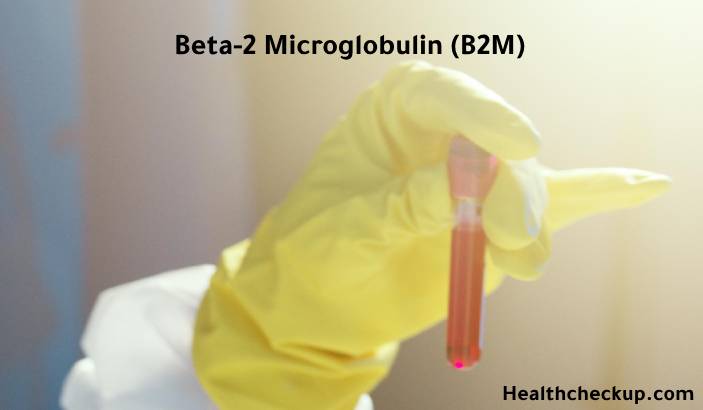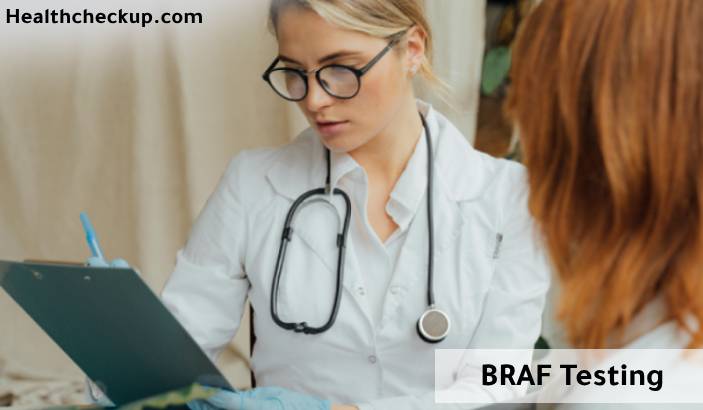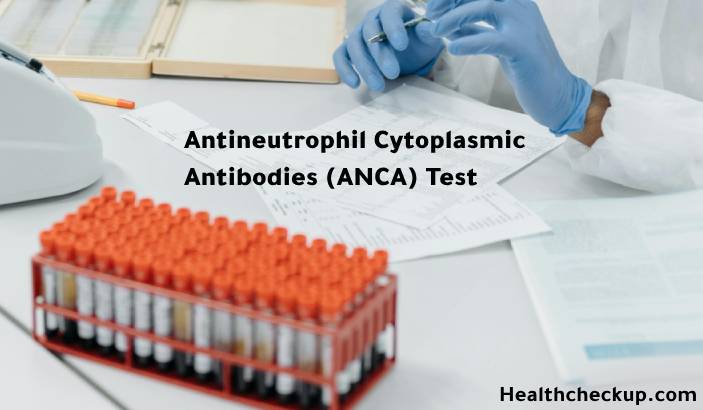The liver is the largest gland in the body which carries out a large number of functions including metabolism of carbohydrates, fats and proteins, regulation of blood clotting and elimination of toxic waste substances from the body.
You may be advised to undergo a liver function test if your doctor suspects a derangement in the functioning of the liver. This test also includes SGPT count analysis.
This article will give you a brief idea about what is SGPT, how to prepare for the test, under what conditions SGPT may be raised and what do the test results mean.
What Is SGPT?
SGPT is a short form for serum glutamic-pyruvic transaminase. It is also known as alanine aminotransferase (ALT).
SGPT is an enzyme produced by the liver. It is found in small quantities in red blood cells (RBCs) and abundantly in the liver, heart, kidneys and brain.
SGPT is released into the blood when there is any damage to the liver cells or to the tissues of heart, kidneys and brain.
SGPT Blood Test Purpose
A liver function test along with SGPT is generally advised when a patient reports with the following signs and symptoms:
- Right-sided abdominal pain
- Swelling and tenderness of the abdomen
- Nausea and vomiting
- Yellowish discolouration of eyes and skin
- Loss of appetite
- The appearance of bruise marks on the skin
- Light coloured urine and stools
- Unusual itching
- Swelling of ankles and feet
The following pointers regarding personal, past and family history are also considered for an SGPT test
- A history of excess alcohol consumption
- The recent history of trauma to the abdomen especially in the liver region
- The family history of a liver disease
- History of some congenital illness of heart, brain, kidneys or liver
- History of prolonged intake of medications which may be damaging the liver
- A history of obesity, diabetes, hypertension
As evident from what SGPT is, the purpose of doing an SGPT test can, therefore, be considered as a measure of the degree of damage to the liver.
SGPT Blood Test Preparation
- SGPT is a simple test which requires blood to be drawn with the help of a venepuncture. No amount of fasting is required prior to the test.
- As a part of the preparation, you need to disclose to your doctor if you have any history of allergies.
- You might feel a slight pin-prick at the site from where blood is drawn. This may create some discomfort, especially among children. Children, therefore, need to be prepared accordingly to cooperate with the technician or nurse when blood will be drawn.
- Some medications such as aspirin, statins and vitamin A supplements may interfere with test results and therefore you need to consult your doctor if you need to discontinue your regular medications (if you are on any) before going for the test.
- It is usually advised to drink plenty of water before going for the test. This makes your veins prominent and easy to find.
SGPT Blood Test Procedure
Since SGPT requires venepuncture, the below-mentioned steps will be followed by the nurse to draw blood:
- Blood is mostly collected from the vein present at the end of the forearm.
- This area is cleaned with spirit to avoid organisms from the skin to enter into circulation when the needle is inserted into the vein.
- A tourniquet is applied over the arm just above the site from where blood has to be drawn. This makes your veins of forearm prominent.
- A sterile syringe (has to be unpacked in your presence) is used to draw blood.
After Drawing Blood
- The tourniquet is loosened immediately and a small cotton swab is placed over the puncture site.
- You are required to apply gentle pressure exactly over the puncture site to avoid blood from oozing out.
- Stoppage of oozing of blood varies from person to person but it doesn’t take longer than 5 minutes in a normal person.
- The collected blood is sent to the laboratory for investigation.
SGPT Levels
The Normal Range For SGPT: 7 – 56 units per litre
This normal reference is applicable to men and women of all age groups as well as women during pregnancy.
This normal reference value can often vary in different laboratories and also from person to person depending upon age, sex, health status and other factors mentioned above.
Slightly High Levels
Slightly high levels of SGPT can be treated with appropriate rest, diet and abstinence from alcohol or offending medications. Such values may occasionally be found among elderly individuals in absence of signs and symptoms of a liver disorder.
SGPT Values Greater Than 70 Units Per Litre
SGPT values greater than 70 units per litre are worrisome and require immediate medical attention and probably even hospitalization since they are associated with signs and symptoms.
Low SGPT Levels
Low SGPT levels are not of much significance. They simply indicate that the liver is functioning optimally. Females tend to have lower SGPT values in comparison to men.
However, severely low levels may be found in certain illnesses mentioned in the section below.
SGPT Blood Test Results And Interpretation
Conditions with high SGPT levels include:
- Acute viral hepatitis
- Liver cirrhosis
- Ischemic liver injury (impaired or inadequate blood supply to the liver)
- Toxin or drug-induced hepatitis (from environmental toxins, drugs or medications)
- Alcoholic liver disease
- Acute and chronic hepato-cellular necrosis (death of cells of the liver)
- Acute congestive heart failure
- Obstructive jaundice (obstruction to the flow of bile)
- Tumour or cancer of the liver (hepatocellular carcinoma)
- Mild to moderate increase in SGPT can be found in pregnancy due to the following conditions:
-
- Hyperemesis gravidarum – Excessive vomiting of pregnancy
- Pre-eclampsia
- Alcohol intake during pregnancy
- Medication-induced
- Fatty liver
Low SGPT levels can be found in the alcohol-induced deficiency of pyridoxal phosphate (the active form of vitamin B6).
An abnormal liver function test including the SGPT parameter must be discussed with your doctor immediately. This is because liver damage can be reversible up to a certain extent.
Once the extent of liver damage becomes widespread, changes in liver cirrhosis begin to set in. No form of treatment or medications can reverse liver cirrhosis and bring it back to a normal functioning state. This is especially applicable to individuals who consume alcohol regularly.
Dr. Archana Tegwal is currently working as a lecturer in under-graduate faculty of Homoeopathy in Jawaharlal Nehru Homoeopathic Medical College, Parul University, Vadodara (Gujarat). She has done BHMS & MD in Homeopathic Materia Medica in March 2016 from Dr. V.H.Dave Homeopathic Medical College and Hospital, Anand (Gujarat). She also serves as a regional manager in NGO “World Healing Society Foundation”.


